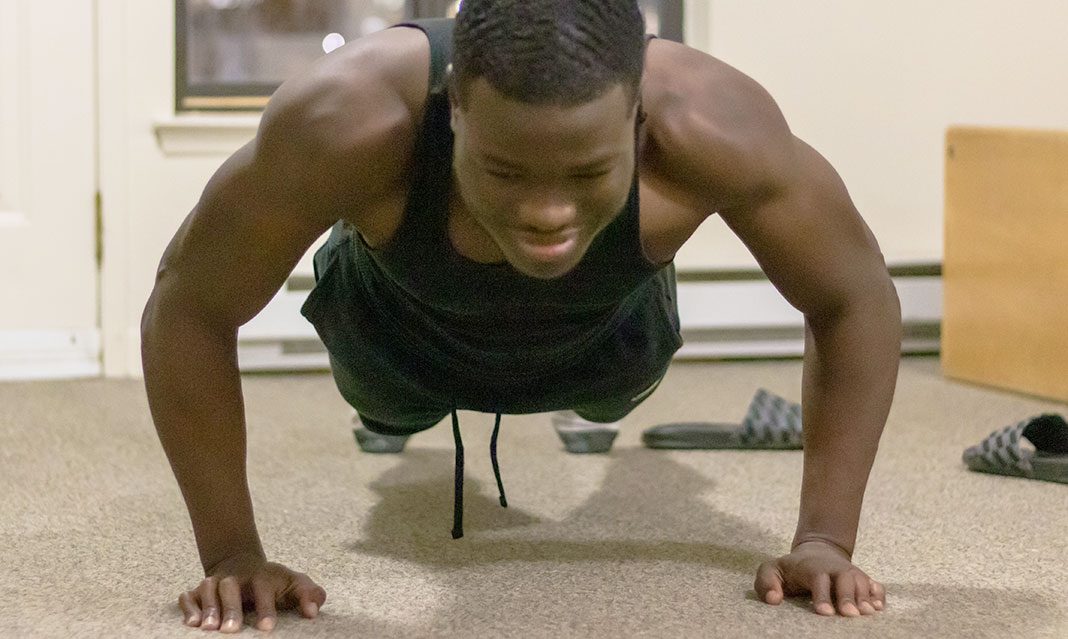The annual tradition of Movember has arrived again, where men’s health is the focal issue all throughout November. A report from Harvard Health Publishing lays out the main concerns for men’s health and the magnitude of the problems. They report that, on average, men die sooner than women, which can be mostly attributed to biological and social factors. Factors such as hormonal and metabolic functioning, a tendency to participate in more risky behaviours (i.e. drug and alcohol use, fighting), and the avoidance of seeking out help.
A major component that allows these factors to take a toll on men’s health is the lack of available support that focuses on men’s health specifically. A study conducted by Professor John Oliffe from the University of British Colombia assessing community-based programs for men found that the design and execution of men’s programs can be improved through understanding the social reasons for their increased mortality rate, as well as by removing the stigma attached to seeking support.
To do this, Oliffe came up with eight tips that can improve men’s support systems:
The first tip is to assess what social factors are degrading the state of men’s health in your target community. It could be socioeconomic, racial, or educational factors, or possibly a combination of them all.
Men respond well to physical activity, which can be used by community programs to benefit their members. A group of men in this environment will bond and build relationships with individuals going through the same issues.
Another key factor would be to ensure that the program provides a safe environment where the men involved can trust each other and the group leaders enough to feel comfortable opening up. They need to know that their problems are shared with everyone in the program and that they can share their thoughts without shame or risk.
Next, the programs need to be informative to the men they help. Another way to end stigma surrounding men’s health problems is through educating the community on what the health problems entail and how they can be managed, so that they no longer have to be afraid of the issues or feel hopeless in their problems.
The community programs should be focused on a specific interest or many similar interests that men would gravitate towards, such as sports, that would raise membership and make them feel less like they are simply going to therapy.
Having attainable goals and standards for the men in the programs allows them to feel like they are achieving something, and they are able to clearly see their progress.
An important part of these programs is structure. Each member should be formally evaluated in a way that will give the program leaders data to base where they need to improve and what issues they need to assess more closely.
And finally, these programs do not need to have a long shelf-life. The goal should not be to have a large organization that is around for decades. The goal is to bring positive change and awareness of men’s health to the community. As long as the community has seen benefits and the men that were a part of the program affected positively, it does not matter how long the program lasts.



